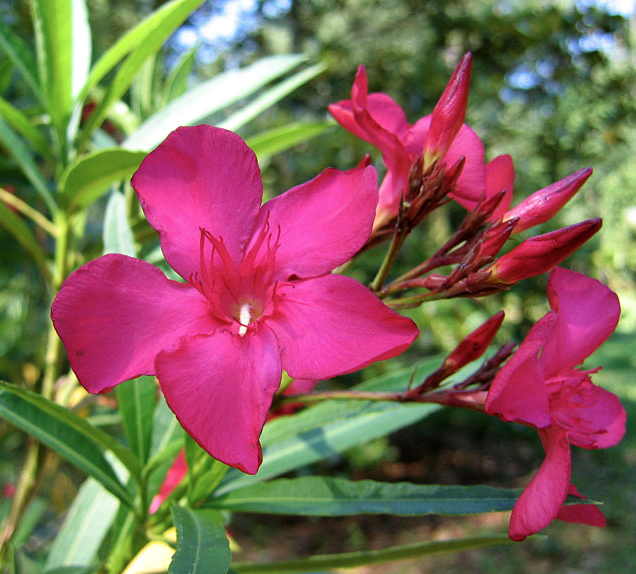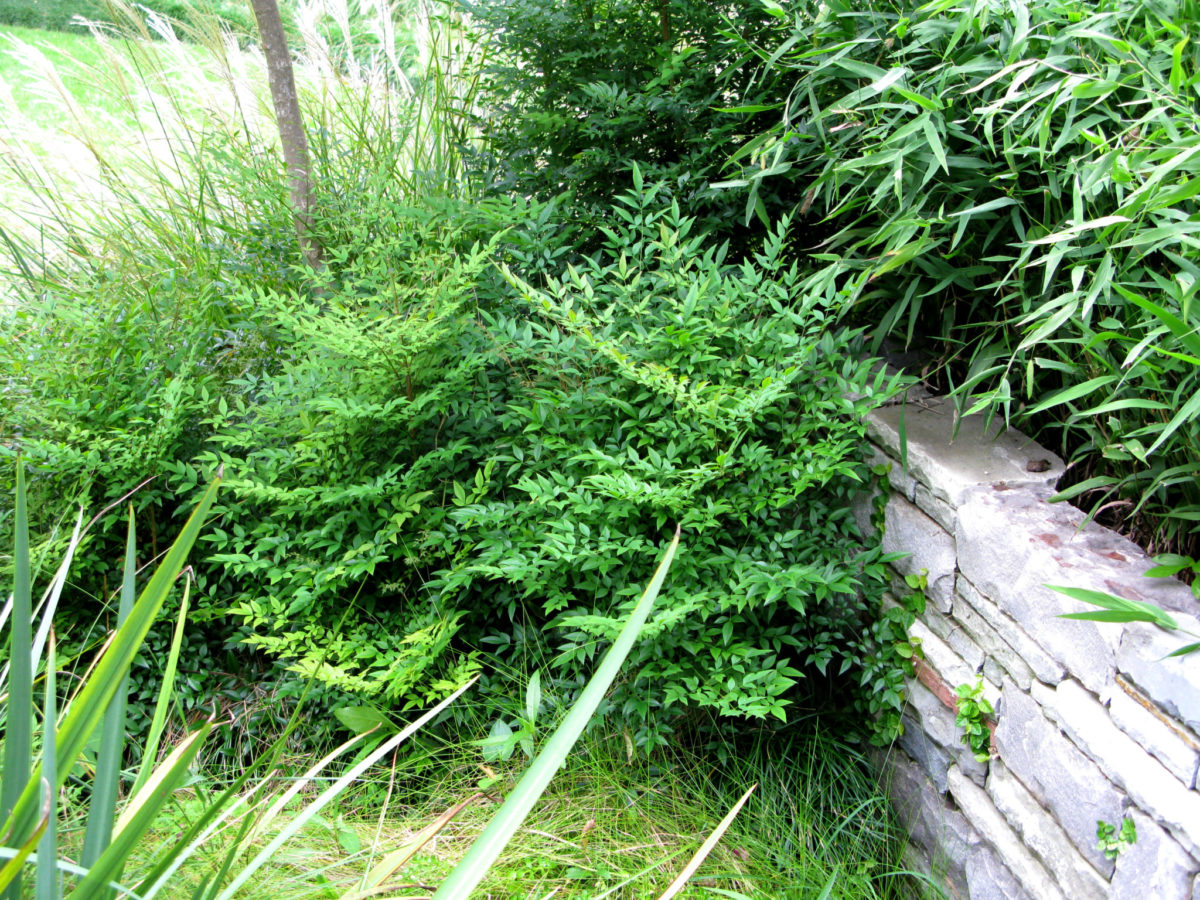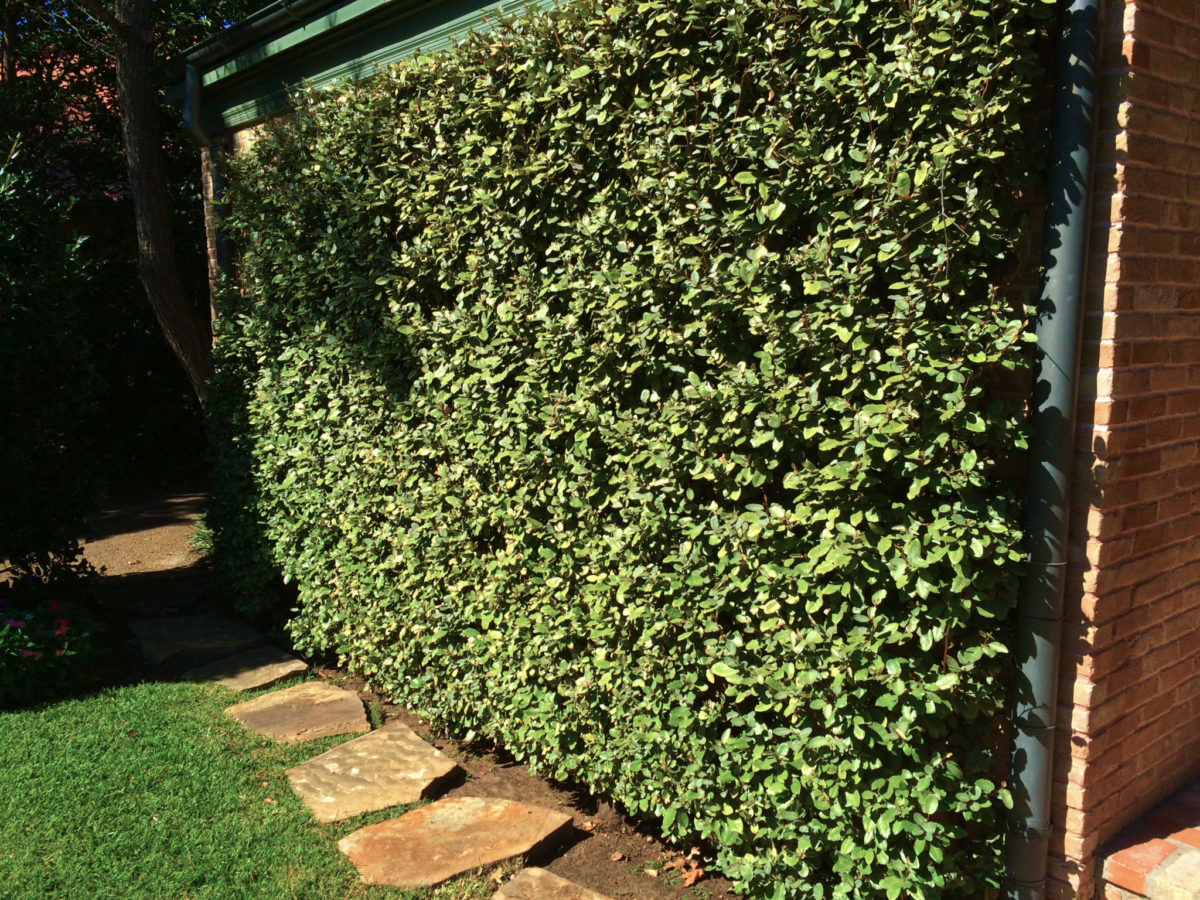Japanese Aralia

Japanese Aralia
(Fatsia japonica)
Huge architectural leaves make this plant a must for the shade garden, blending especially well with pittosporum for a beautiful textural contrast. Prefers a northern or well-shaded exposure; fairly drought-tolerant once established. Too much water can do it in.




